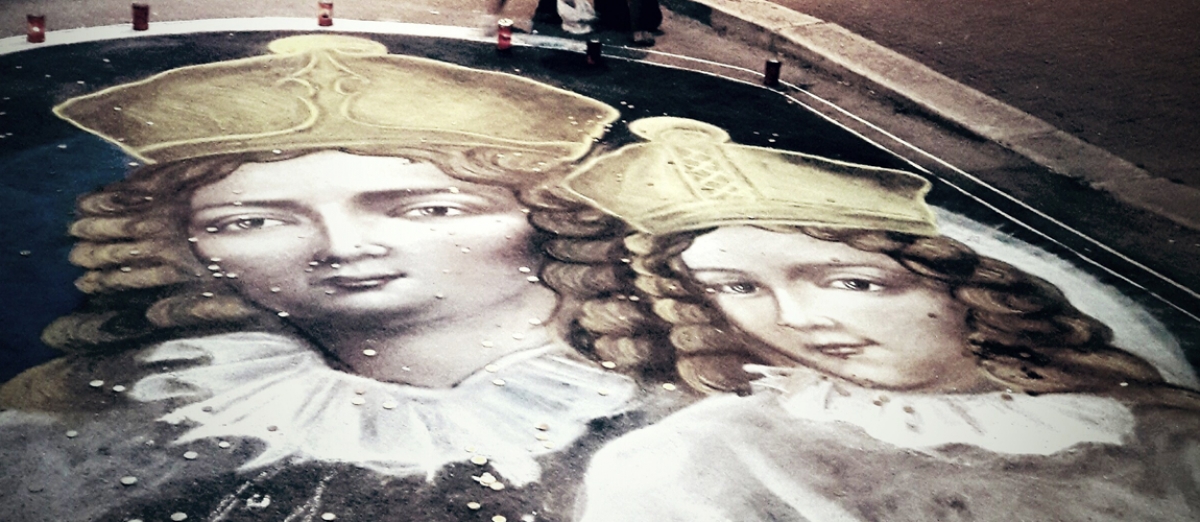Better known as the City of The Sassi, Matera falls within the range of the most ancient places in the world; its unique and peculiar landscape has the power to evoke deep emotions in everyone enjoying the view.
In 1993 The Sassi district was inscribed on UNESCO's world heritage List and on October the 17th 2014, the City was awarded European Capital of Culture for 2019.
Discovering the ‘Sassi Di Matera’
The Sassi district is formed by two areas called ‘Sasso Caveoso’ and ‘Sasso Barisano’ (that can be identified as two quarters) constituted by thausands of houses carved out of the calcarenite rock, peculiar to the geological heritage of that area. The Civita, the ancient urban core, rises right in between the two quarters and, at the top of it, is the beautiful thirteenth-century Cathedral named after the two patron saints of Matera, Sant'Eustachio and Maria SS. della Bruna.
Entering the Sassi area feels like going back in time in an era when human beings really proved to be able to adapt to different environments and circumstances.
A trip to such a beautiful rock landscape gives you also the opportunity to discover the myriad of tiny alleys, breathtaking panoramas, the typical neighbuorhoods, the typical water cisterns, ancient bakeries, the rock churches with their century-old frescos, as well as the traditional Matera cooking made of humble but wholesome dishes.
By the way, Matera is much more than just ‘the Sassi’; the city is steeped in history, architecture, art and literature. Numerous important figures of arts and humanities, such as Giovanni Pascoli and Carlo Levi, gave their contribution to the rise of such a godforsaken town Matera had been for a long time.
Matera is also very rich in folklore and popular culture. The most significant example of its popular culture is the peculiar patronal festival of Maria SS. Della Bruna, which dates back to the XIV Century, celebrated on July the 2nd. This festival represents, for the inhabitants of Matera, the most important day of the year, actually the longest day of the year (the so called ‘il giorno più lungo’). The most important part of this intense festival is the triumphal float parade through the main streets and roads of the city centre. The float is totally handmade from papier maché and hand-painted by local craftsmen. During the parade the triumphal float, dedicated to Maria SS. Della Bruna, is guarded by about a hundred of knights riding on horses, dressed in typical sumptuous cotumes. The climax of the festival is the assault and distruction of the float by the crowd in Vittorio Veneto Square. The pieces of the float are thought to be talismans of good luck and protection.


